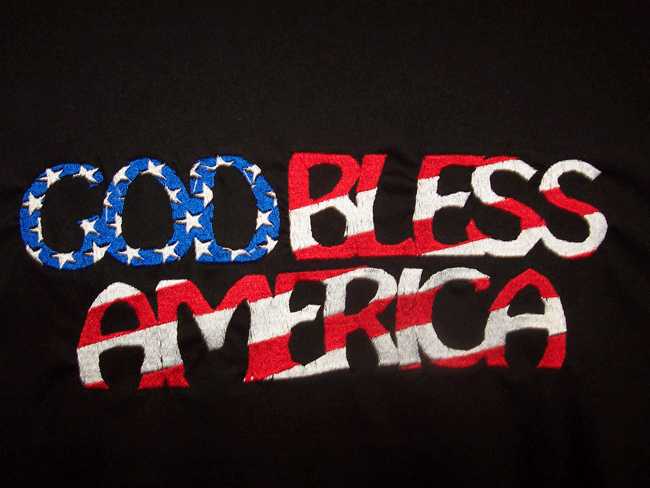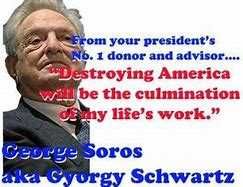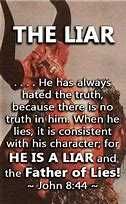National Security: Islamic Terrorism after 9/11 / June 13, 2025
Israel Protects the World From the Islamic Bomb
Israel has long demonstrated that it will not tolerate the development of a nuclear weapon by the rouge Iranian Islamist State and is willing to strike its capabilities and leaders.
The election of Donald Trump in 2024 put an end to the Biden/Harris regime’s long list of historic foreign policy failures, which started with their deadly surrender and retreat from Afghanistan, which then green-lighted Vladimir Putin’s invasion of Ukraine and all the death and destruction that has followed.
All of that blood is on the hands of those who elected this inept duo, and stopping that bloodshed will take years.
As I noted last November, Trump now has an enormous uphill political and policy slog to correct the colossal failures left in Biden and Harris’s wake, and it will take a long time to right those disastrous policies.
That was also true in Trump’s first term. In 2017, he had to start undoing Barack Obama’s incredibly dangerous Iran nuke deal in which Obama, Hillary Clinton, and John Kerry paved the path for the detonation of an “Islamic Bomb” in Israel … and the U.S.
The effluent of that “deal” is directly responsible for “Operation Rising Lion,” the latest Israeli strikes on Iran’s nuclear facilities, which Israeli Prime Minister Benjamin Netanyahu says “will continue for as many days as it takes to remove this threat.”
Notably, in addition to the precision nuclear strikes, Israel demonstrated once again its considerable intelligence and surgical strike capabilities by also taking out key Iranian military and nuclear scientists.
In short, Israel loudly projected that not only will it take out Iranian nuclear facilities, but it will eliminate the key personnel involved in the development of the Islamic Bomb.
In May, our military analyst Brent Ramsey outlined the current Iranian threat here and here.
But let’s review, in brief, how we got here. “In brief” means I won’t start with the Biblical Old Testament but with the most recent events leading up to this strike.
Iran opened the latest salvo with Israel when its terrorist Hamas surrogates in Gaza initiated a preemptive attack on Israeli citizens on October 7, 2023. That resulted in a massive counterstrike against Hamas in Gaza and Hezbollah, as well as strikes against their terrorist state sponsor, Iran, which has vowed for decades to destroy Israel.
Iran declared the strikes are a “declaration of war” and, as anticipated by Israel, responded with drone strikes, all of which (based on the information we have at present) were neutralized in the air.
Israel has long demonstrated that it will not tolerate the development of a nuclear weapon by the rouge Iranian Islamist State and is willing to strike those capabilities as it did in 2010 with the brilliant Stuxnet cyberattack, which disabled a large number of Iran’s nuclear enrichment centrifuges at Natanz. Israel demonstrated its precision strike capability in the two years that followed with the assassinations of four Iranian nuclear scientists in Tehran.
Fast-forwarding to 2020, Israel hit the Natanz enrichment plant again, and in November of that year, Mohsen Fakhrizadeh, Iran’s top nuclear scientist and the man behind Iran’s covert nuclear program, was assassinated in Tehran.
In October of 2024, a year after the Iranian/Hamas attack on Israel and subsequent Iranian ballistic missile attacks against Israel, the Israel Defense Forces took out Iran’s top-secret nuclear weapons research facility, Taleghan 2, in the middle of its Parchin military complex. That was just weeks after Israel demonstrated its incredible resourcefulness by taking out top Hezbollah leaders with exploding pagers.
As Iran brazenly continued to increase its nuclear enrichment capabilities, in March of this year, President Donald Trump sent a letter to Iran seeking to reopen negotiations for a nuclear deal. In April, Iran resumed talks with the U.S., and representatives from both countries met in Oman on April 12 and again a week later in Italy.
On May 16, Trump warned Iran it has to move quickly or suffer the consequences. On May 31, the International Atomic Energy Agency (IAEA) reported that Iran had dramatically increased its enriched uranium stockpiles with 408 kilograms at 60% purity, which is one small refinement away from weapons-grade. That was a 50% increase in four months. The IAEA warned this was sufficient for multiple nuclear weapons.

¡ Ingresa para dar Like, Comentar, Seguir y muchas cosas ms !







